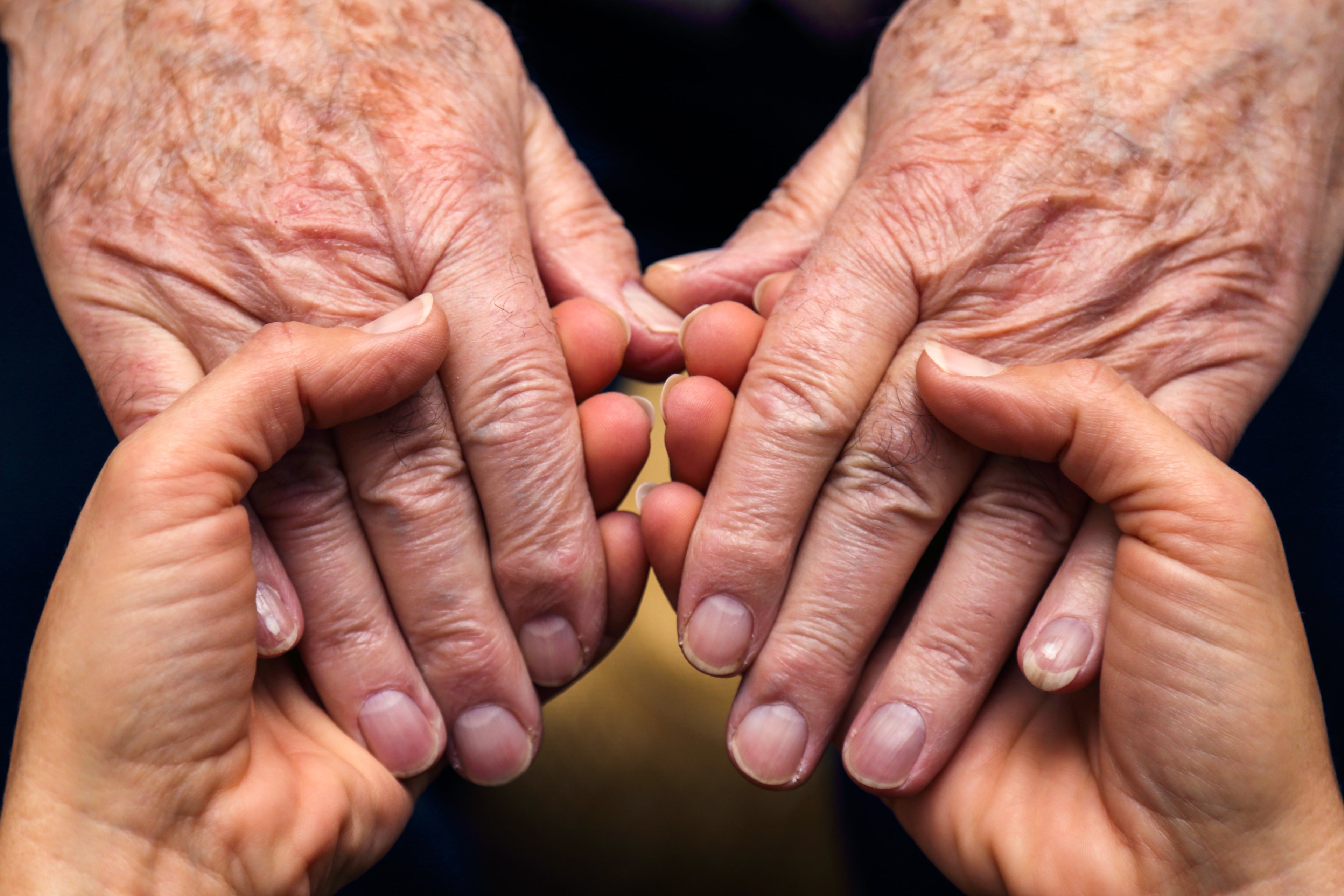
Honoring a Life Well Lived: Writing a Meaningful Eulogy
A Guide to Celebrating Memories, Sharing Stories, and Crafting a Tribute with Heart.
What is a Eulogy?
A eulogy is a speech or piece of writing that honors and celebrates the life of someone who has passed away. Typically delivered at funerals or memorial services, it highlights the deceased's character, achievements, relationships, and the positive impact they had on others.

Sharing Memories
How to Write a Eulogy
Gather Information:
Reflect on your relationship with the deceased.
Speak to family and friends to gather anecdotes, favorite memories, and their thoughts.
Consider the person’s hobbies, achievements, personality traits, and values.

Sharing memories
Organize Your Thoughts:
Introduction: Introduce yourself and your relationship to the deceased.
Life Overview: Highlight key events, milestones, or roles (e.g., parent, spouse, friend).
Personal Stories: Share meaningful anecdotes that capture their essence.
Legacy: Reflect on how the person impacted others and will be remembered.

Sharing Memories
Keep It Appropriate:
Focus on positive aspects and celebrate their life.
Avoid overly personal or controversial topics.
Edit and Refine:
Aim for brevity (5–10 minutes if spoken).
Ensure the tone matches the occasion—respectful, warm, and uplifting.

How to Prepare to Give a Eulogy
Practice Reading Aloud:
Rehearse to feel confident and ensure smooth delivery.
Time your speech to fit within the service schedule.
Have a Copy:
Bring a printed or handwritten copy to the service.
Mark pauses or emphasis points for clarity.
Prepare Emotionally:
It's okay to feel emotional. Take pauses if needed.
Consider having someone ready to step in if you’re unable to continue.
Know Your Audience:
Write with the attendees in mind, balancing personal details and universal sentiments.
Best Practices in Eulogy Writing
Speak From the Heart:
Authenticity matters more than perfect wording. Let your emotions guide you.
Use a Conversational Tone:
Aim for a tone that feels personal, like you’re sharing stories with friends and family.
Include Humor (If Appropriate):
Light humor or fond memories can provide comfort and joy.
Stay Organized:
Follow a clear structure to keep the audience engaged.
Use Visual Aids Sparingly:
If allowed, include a photo or memento to connect with the audience.
Focus on Legacy:
Highlight how the deceased’s values, lessons, and love will live on.

This is the Most Difficult Thing to Do at this time.
We've prepared a quick FREE Eulogy Template example guide.
Introduction:
“Good morning. My name is [Your Name], and I had the honor of being [Relation] to [Deceased's Name]. Today, I want to share some memories that celebrate their remarkable life.”
Life Overview:
“Born on [Date], [Name] grew up in [Place]. They [include milestones, career, family, hobbies].”
Personal Stories:
“One of my favorite memories of [Name] is… [Share an anecdote that illustrates their personality].”
Legacy:
“What stands out most about [Name] is how they made everyone feel [loved, valued, etc.]. Their legacy will live on through [family, friends, their work, etc.].”
Closing:
“While we miss [Name], we are grateful for the time we shared. As [Name] would often say, [Include a meaningful quote or saying].”
A well-written eulogy honors the deceased and provides comfort to those grieving, making it a deeply meaningful gesture.
